© ROOT-NATION.com - Use of content is permitted with a backlink.
One of the key advantages of the Zalman P30 Air PC case is how it stands out in terms of design evolution. At first glance, this model might seem somewhat limited and, perhaps, overpriced. However, a closer look at the nuances, details, and unique design features reveals that the price of the P30 Air is not only justified—it might even be undervalued.
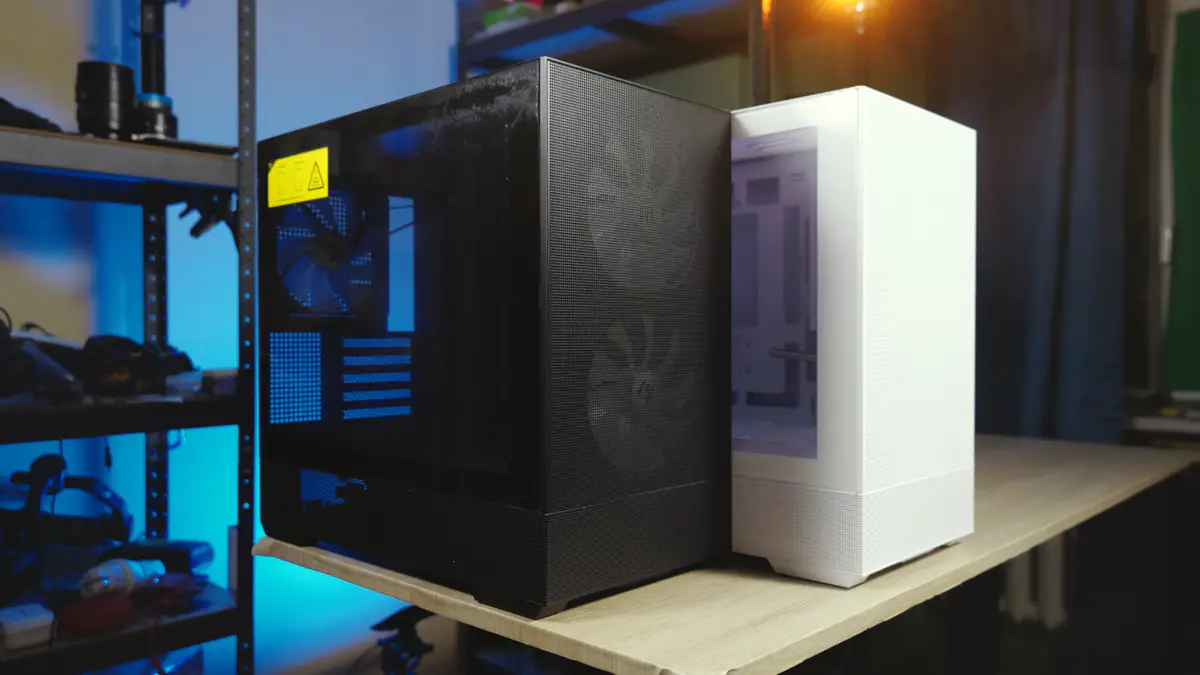
Technical characteristics of Zalman P30 Air
- Form factor: Mini Tower
- Dimensions: 420×235×452 mm
- PSU length: up to 226 mm
- Video card length: up to 392 mm
- Cooler height: up to 181 mm
- Weight: 7.6 kg
- Material: steel/glass 4 mm
- Backlight type: fans + hub
- Backlight synchronization: with the motherboard
- Pre-installed fans: 3×140 mm
- Fans on the back: 140/120 mm
- Fans on the front: up to 2×140/120mm
- Fans on top: up to 2×140mm or 3×120mm
- Fans on the bottom: up to 2×140 mm or 3×120 mm
- Radiators: up to 360 mm upwards, up to 140 mm at the rear
- 3.5″ Bays: 2
- 2.5″ Bays: Up to 5
Video review of Zalman P30 Air

Price and package
The price in question? Around $104 or €101, placing the Zalman P30 Air firmly in the solid mid-range segment. This includes features that make it one of the best cases I’ve reviewed in my career.
As for packaging, the P30 Air sticks to the basics but does it well—secure foam inserts and protective film ensure the case arrives in perfect condition.
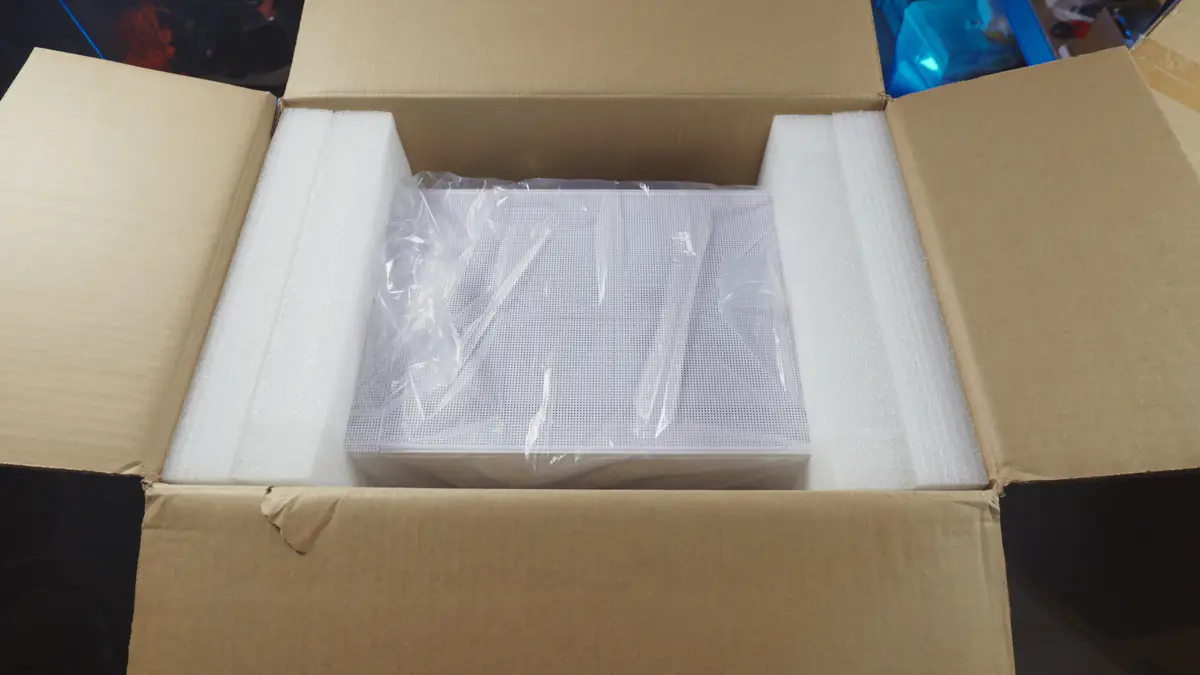
The included accessories are neatly packed in a compartment located in the hard drive bay. Inside, you’ll find cable ties, a user manual, screws, cable management adapters, and even a microfiber cloth for keeping the case spotless—a thoughtful touch.
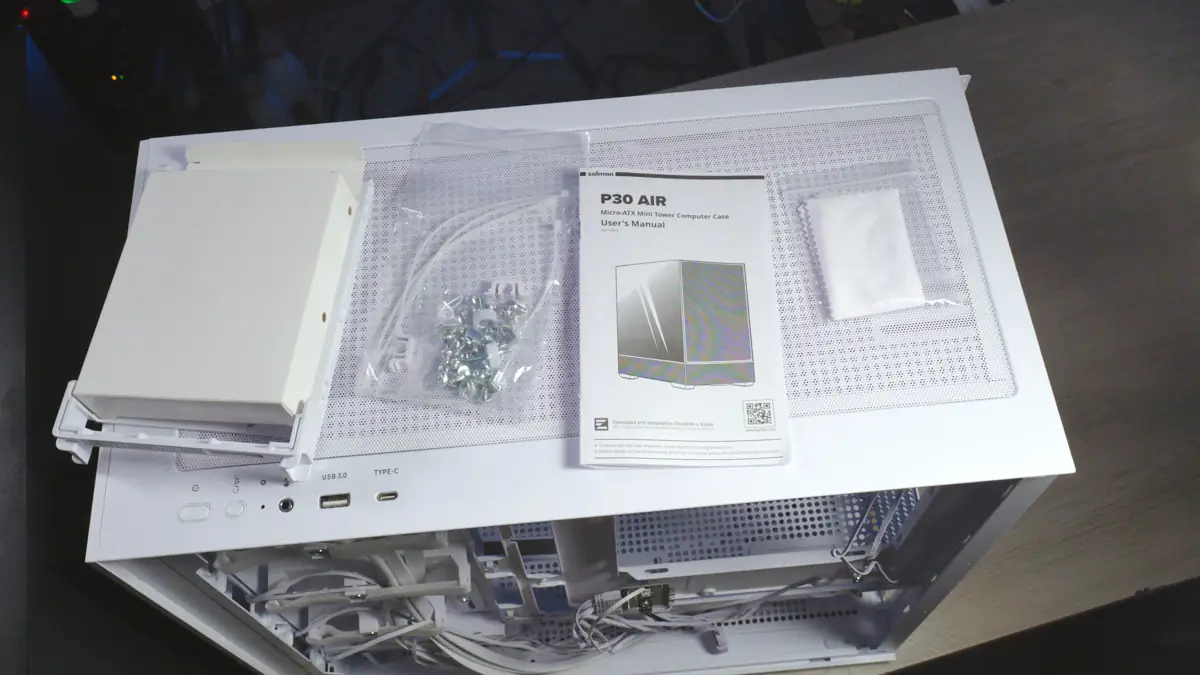
Ideology
This final touch hints at the level of attention to detail we’re dealing with here. The Zalman P30 Air can be described as follows: imagine a premium, high-end Mid Tower case—one that’s not cheap but thoughtfully designed, practical, and worth every penny, without the typical flaws of budget models.
Now, picture this premium Mid Tower case scaled down to about half its size in height and length. Remarkably, this downsizing doesn’t compromise any of the advantages you’d expect from its larger counterparts. While the compact dimensions limit your component choices, as long as you select parts that fit, the building experience is nothing short of delightful.
Read also: Zalman Reserator 5 Z36 ARGB Liquid Cooling Review
Specifications and benefits
The Zalman P30 Air is exactly that—a bit unconventional. At a weight of 7.6 kg, its dimensions of 452×235×420 mm place it somewhere between a Mid Tower and a Mini ITX case. The form factor is Micro-ATX, which means it only supports Micro-ATX and Mini-ITX motherboards. Certain design elements feel dated, too—sharp edges like these haven’t been common for quite some time.
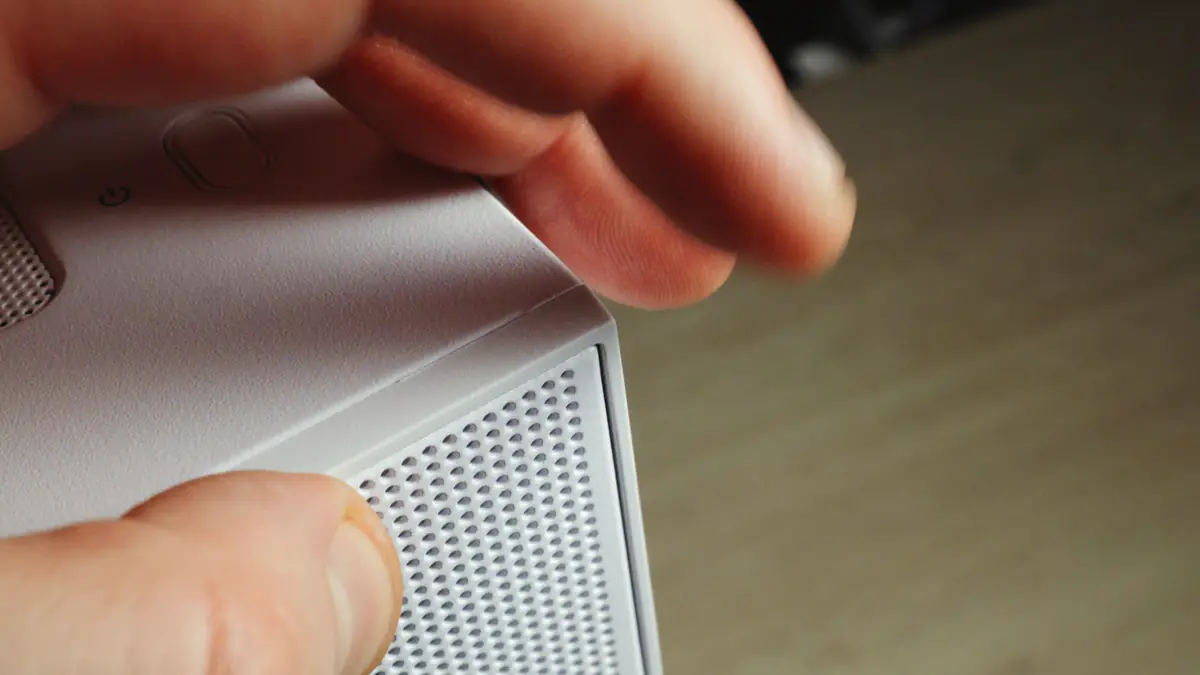
And that’s essentially the extent of my complaints about the case. The panels feature a tool-less design for easy access. The side panel is tempered glass, 4 mm thick, with precise guides at the bottom for secure placement. The feet elevate the case by roughly 13 mm. Up front, there’s a mesh panel. On top? Also mesh, secured with magnets. And underneath—yes, mesh on magnets again. Even at the front-left edges underneath, you’ll find, surprisingly, more mesh. It’s at this point you begin to understand why the case earned the name “Air.”
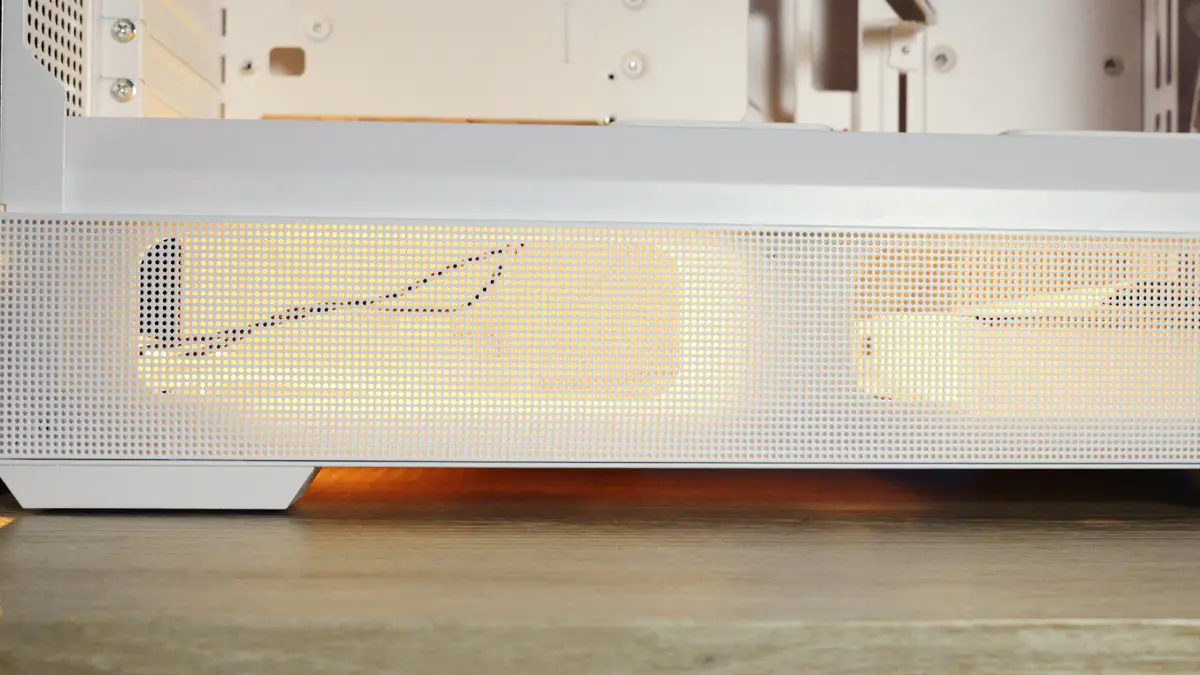
The front panel includes two USB ports, a 10 Gbps Type-C, a 5 Gbps Type-A, a hybrid audio jack, and power and lighting control buttons. It’s also worth mentioning the color options—my review units were the Zalman P30 Air White and Zalman P30 Air Black.
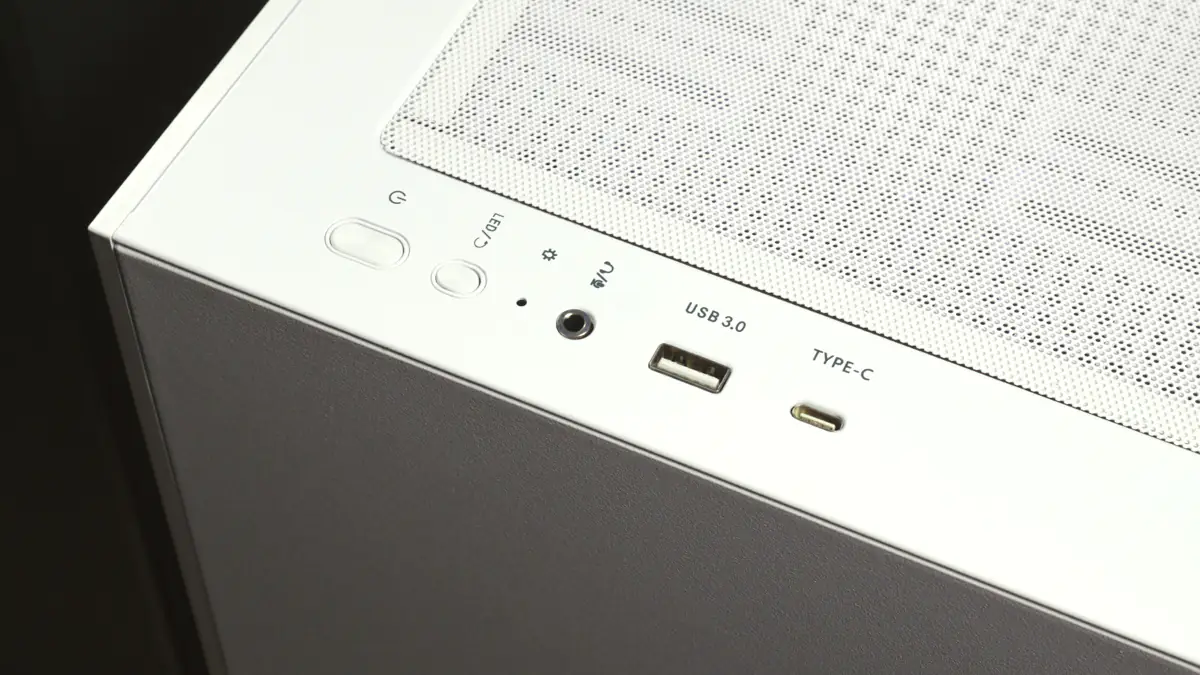
In one of my previous videos, I mentioned that I really appreciate when the color scheme of a case extends to additional components, like the color of the fan, for example. Well, with the P30 Air, even the USB ports are color-coded. The black version has the standard blue, and the white version has white. While this adds a bit of flair, it’s not especially practical, as the white indicator typically signals USB 2.0, and at this price point, it’s tough to overlook that. However, in reality, everything is fine here—these are genuine 5 Gbps ports.
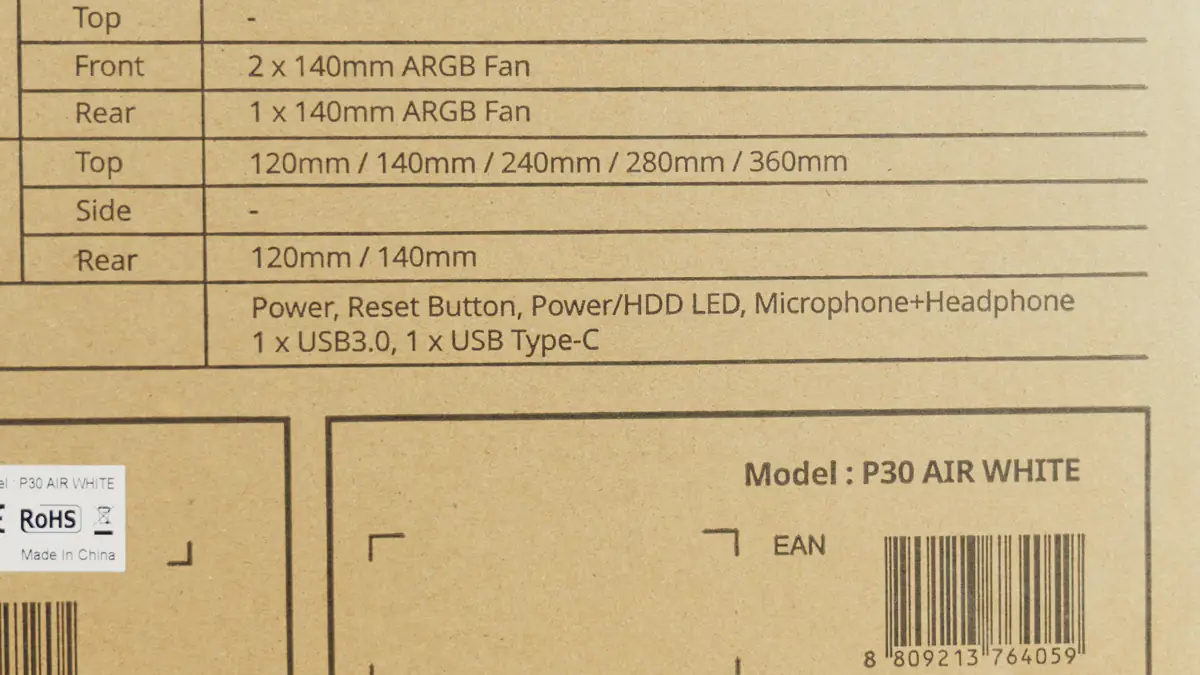
Fans and RGB
When it comes to the fans, get ready—I’m going to praise them. One of the reasons for the P30 Air’s price is the inclusion of three pre-installed 140 mm ARGB fans. It’s been a while since I’ve seen this size in pre-installed models, and I’m probably seeing such a setup for the first time in a case priced under $150.
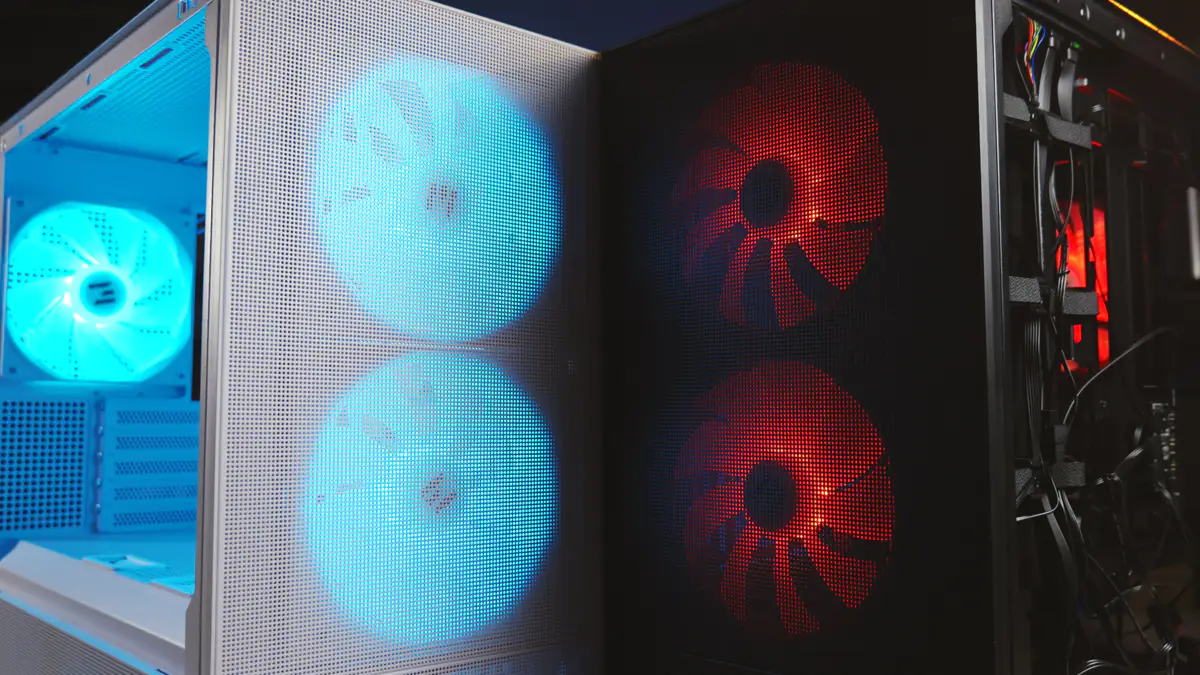
The fans themselves feature hydraulic bearings and can reach speeds of up to 900 RPM. They’re quite quiet and highly efficient. But that’s not all. The front fans have a uniquely shaped housing, curved backward, which helps improve airflow.
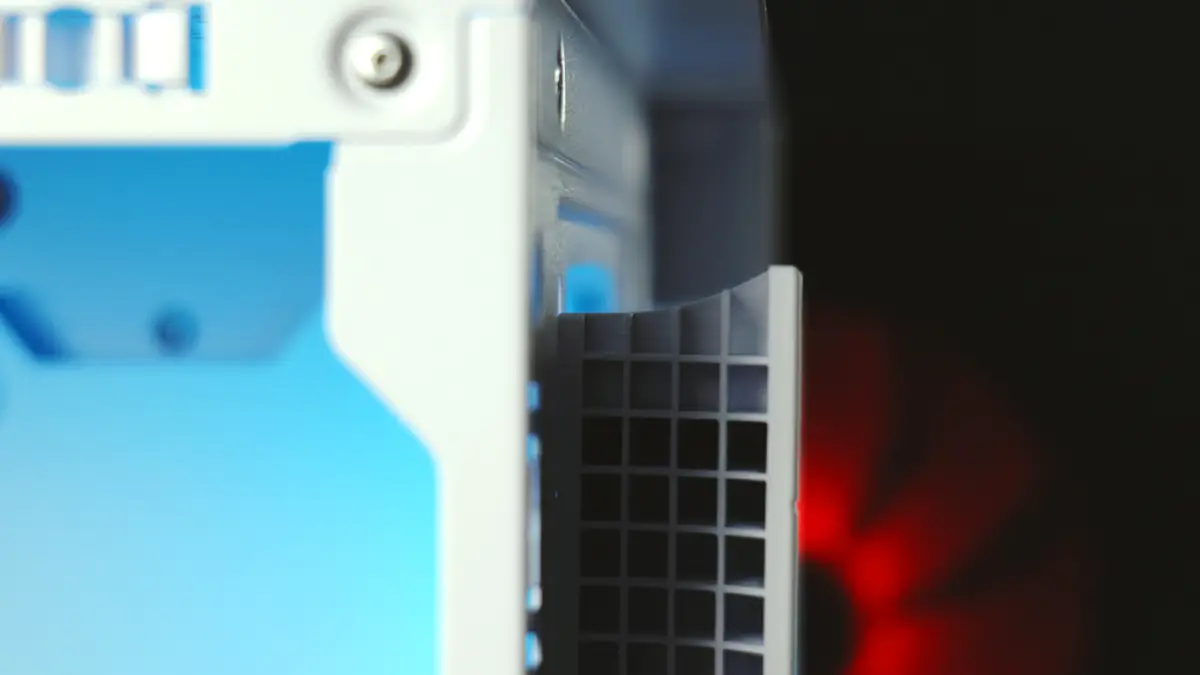
The overall fan compatibility allows for up to 9 fans. You can install two 120 mm or 140 mm fans at the front. Up top, you can fit up to three 120 mm fans or two 140 mm ones. At the rear, you can install either a 140 mm or a 120 mm fan—though, by default, a 140 mm fan is included. And even at the bottom, you have room for up to three 120 mm fans or two 140 mm fans.
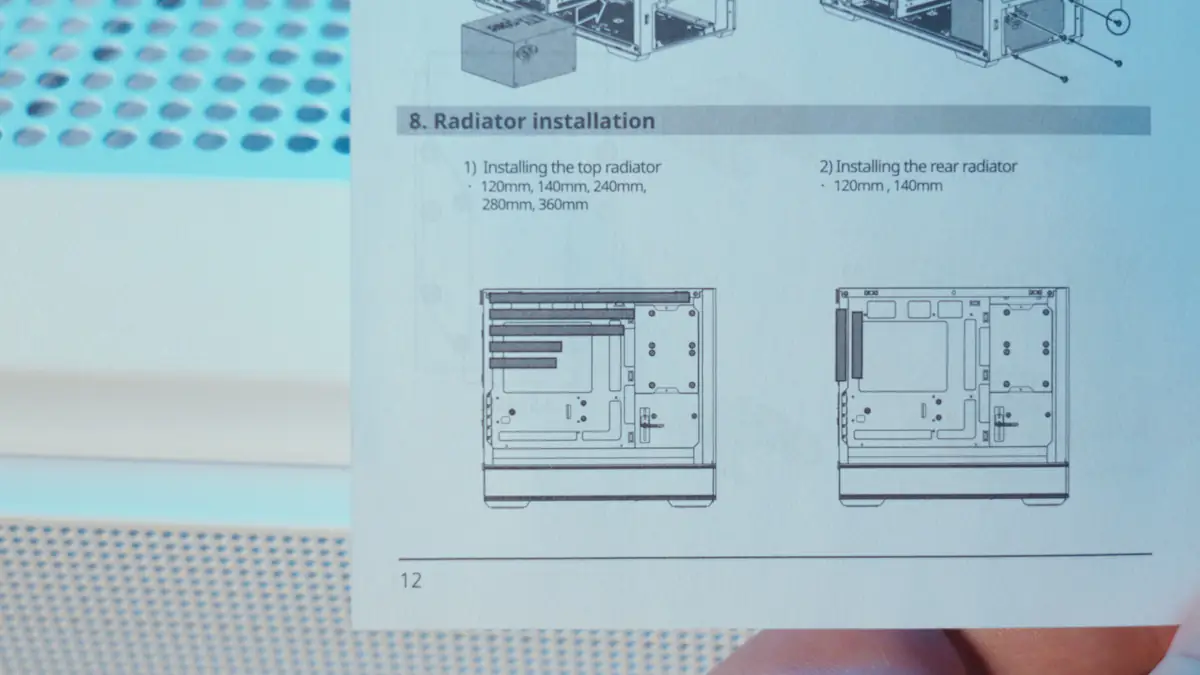
All of this is managed through a hub with a maximum of 6 connections, which can also sync with the motherboard and even control the lighting. However, there’s an important detail about the hub—it doesn’t control fan speeds, only the lighting. The fans only require power, not speed control, as they are not PWM fans and have a fixed speed. This could have been an issue if the fans were loud or inefficient, but fortunately, that’s not the case here.
Compatibility
When it comes to cable management, I’m also going to give it praise, so be prepared. Starting with the cable tie holes—they’re even present on the outside of the case!
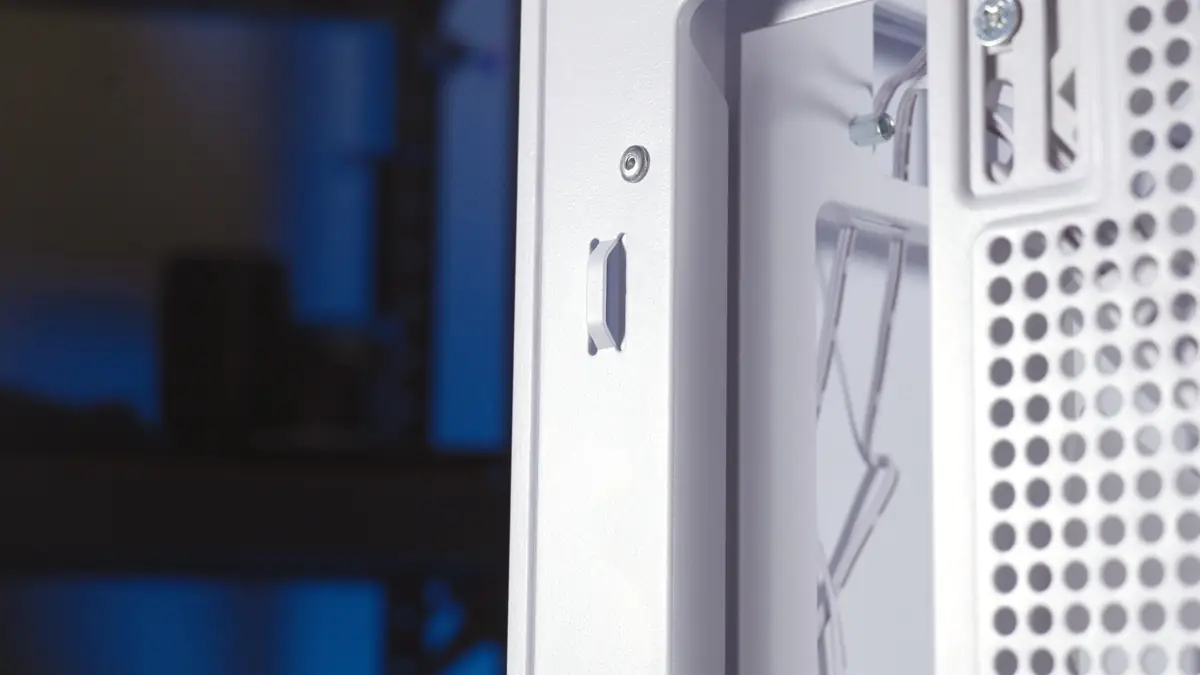
Additionally, there’s a 26 mm gap at the sides, rubber grommets at the bottom, and a separate set of wide Velcro cable guides.
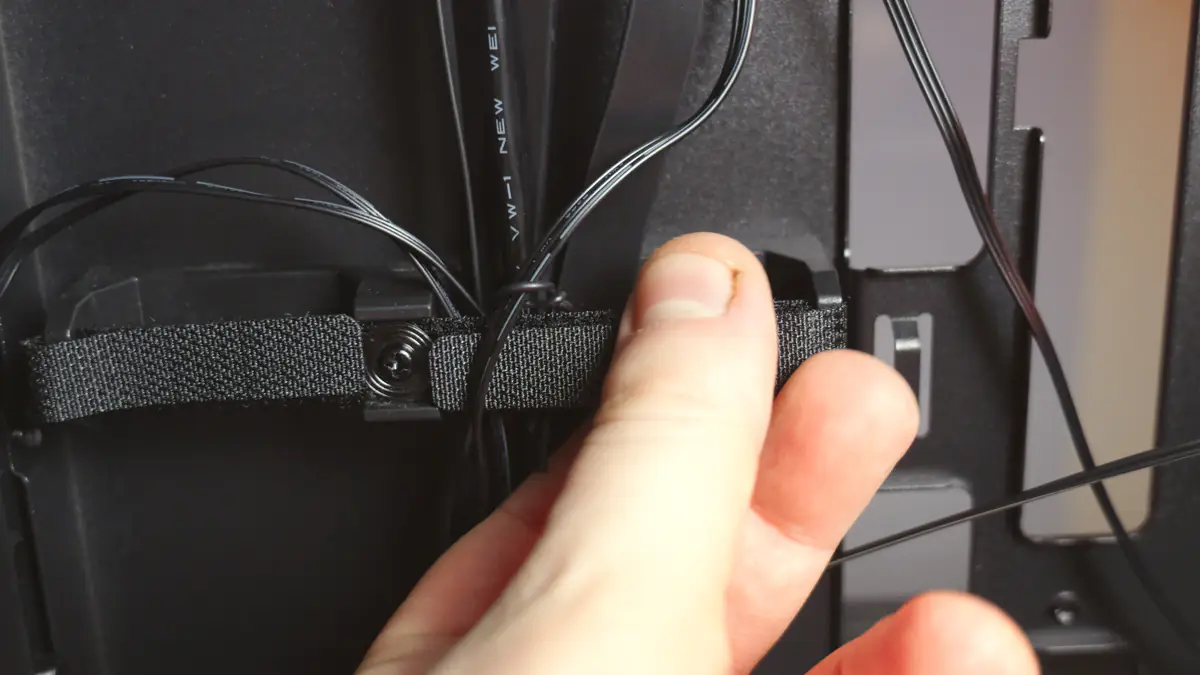
Plus, it supports motherboards with reverse connectors, similar to the Project Stealth design.
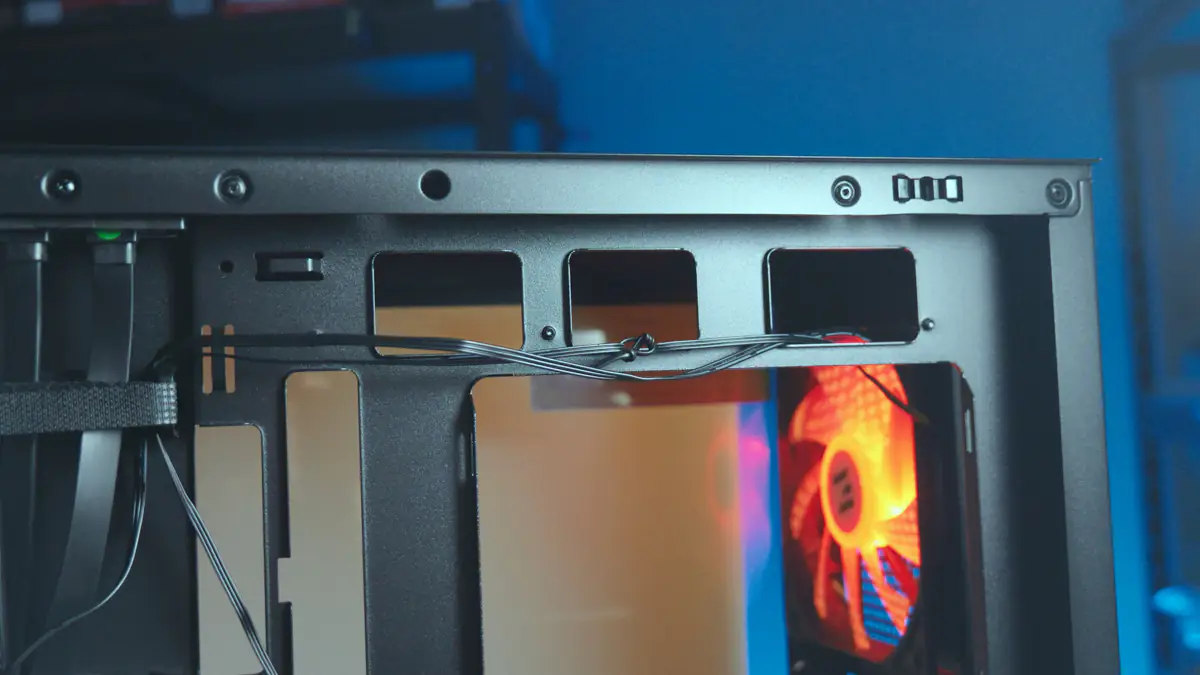
The overall component compatibility is quite interesting. I’ll start with the bad news—the Zalman P30 Air doesn’t support radiator installation at the front. You can only mount them at the top and rear, with the top supporting a maximum of 360 mm. It might seem surprising that even a 360 mm radiator fits into this relatively compact case, and I do appreciate that. But don’t underestimate Zalman—they’re capable of coming up with even more clever solutions.
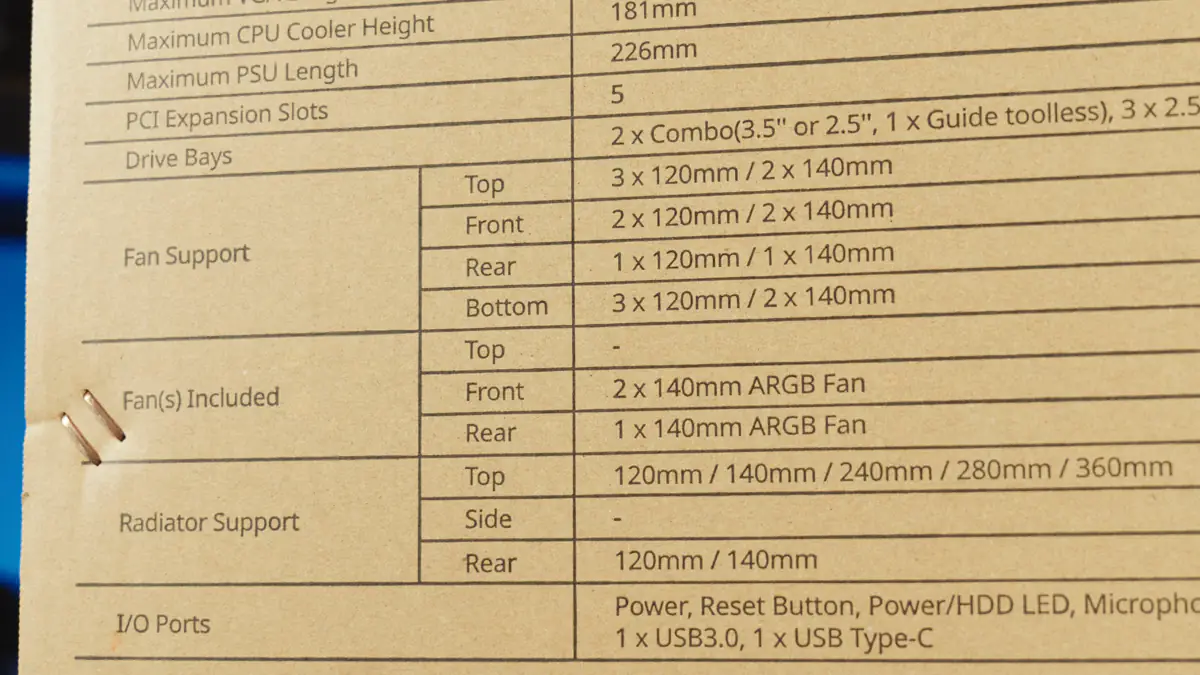
The maximum number of hard drives supported is up to two 3.5-inch drives or up to five 2.5-inch drives, with some of them placed behind a metal bracket at the front. There are five PCIe slots, which are well-secured and not prone to bending or breaking, with individual screw mounts. Vertical GPU mounting is not possible, though it’s hard to imagine where it could fit in this case anyway, especially with a dedicated area for ventilation.
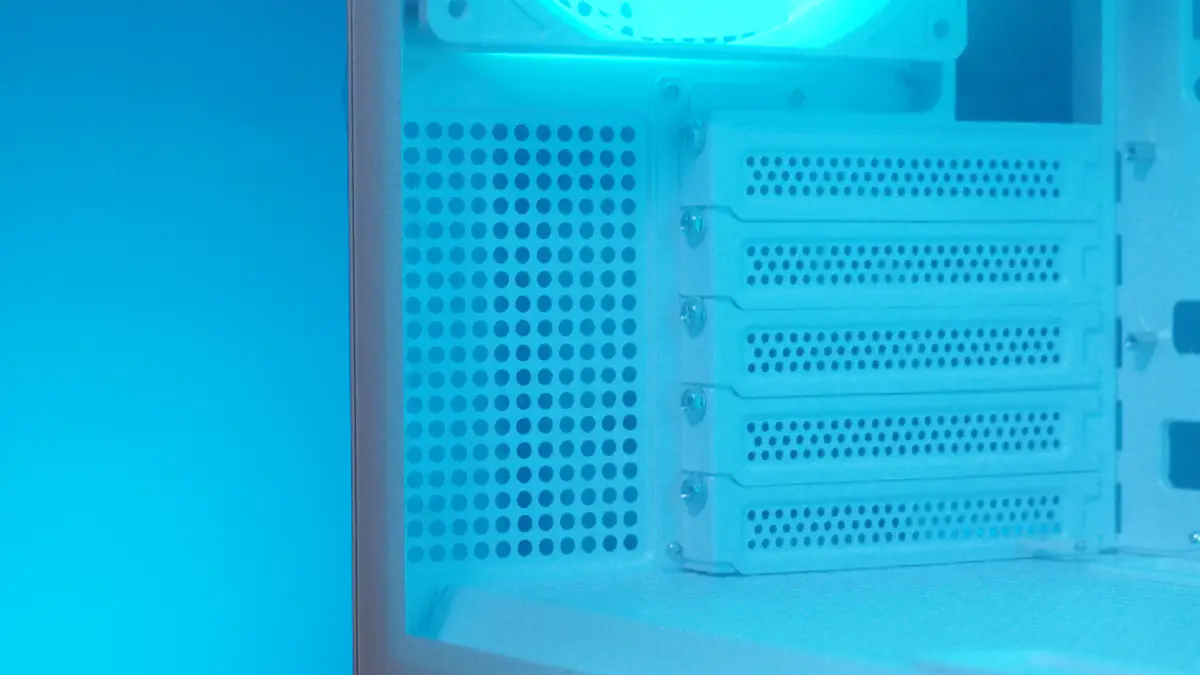
Power supplies up to 226 mm in length can be installed here, and they don’t interfere with cable management. As for CPU coolers, the height support is impressive—up to 181 mm. For context, the largest CPU cooler I know of, the 2 kg SilentMaxx Titan, stands at 170 mm. And just as a spoiler—height isn’t the most critical factor here, but that’s beside the point.
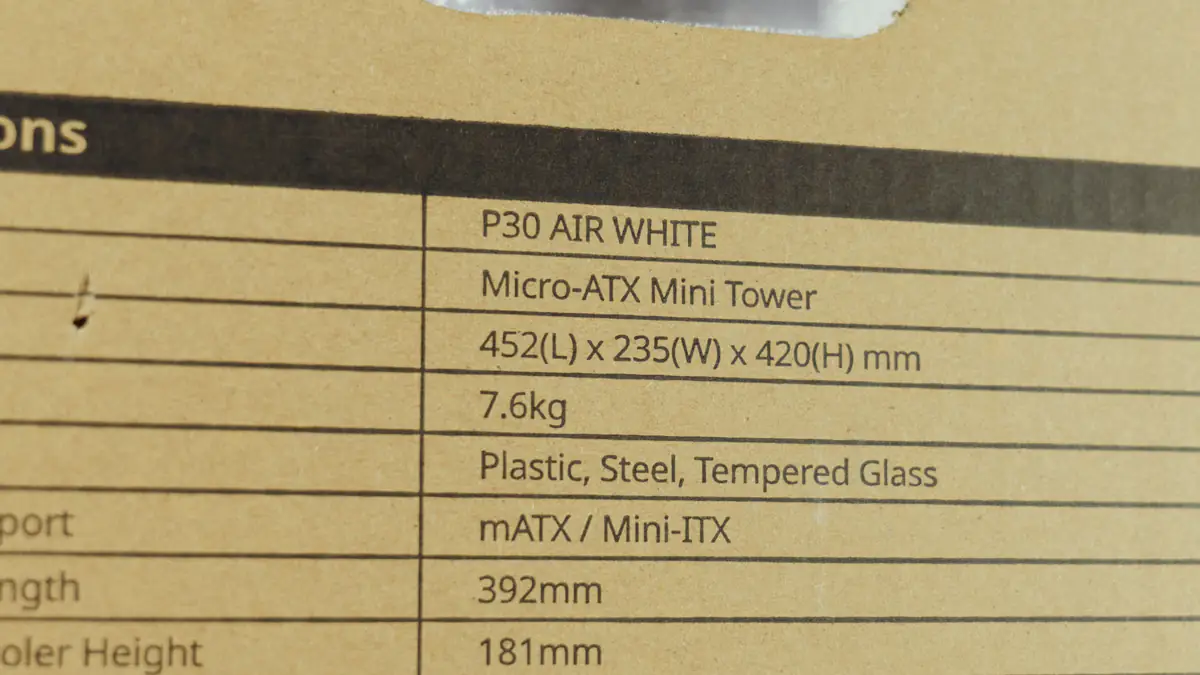
The maximum GPU length supported is an impressive 392 mm, which is quite generous. And just to reiterate—your GPU will definitely get cool air as long as there’s at least one fan at the bottom, because, beneath the glass panel, there’s mesh almost across the entire width. And the cherry on top? The case includes pre-installed GPU support with the ability to rotate it 180 degrees.
Conclusions
In conclusion, don’t be intimidated by the limitations on motherboard sizes. Micro-ATX boards aren’t tiny, overpriced variants of the more standard Mini-ITX—they’re actually more affordable than ATX boards, and often carry the “M” designation.
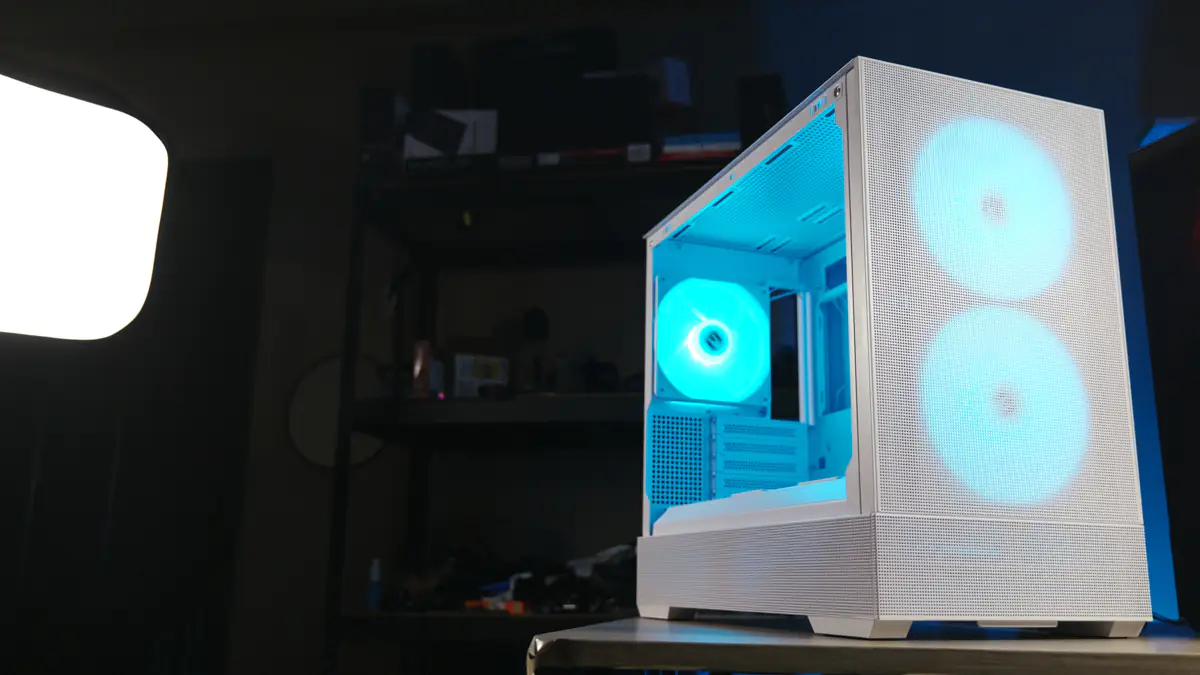
So, in terms of PC building, the P30 Air actually offers fewer limitations than you might expect. Plus, the assembly process will be very convenient and straightforward. I don’t see much need to replace the fans here, the GPU will have ample airflow, any tower cooler will fit, and cable management will be neat. Because of all this, I can’t help but recommend the Zalman P30 Air—it’s a really solid choice.
Read also:
- Cougar MX220 RGB Case Review
- Prologix E122 Tempered Glass & Mesh Case Review
- 1stPlayer UN1 Case Review: More Unique Than You Think

